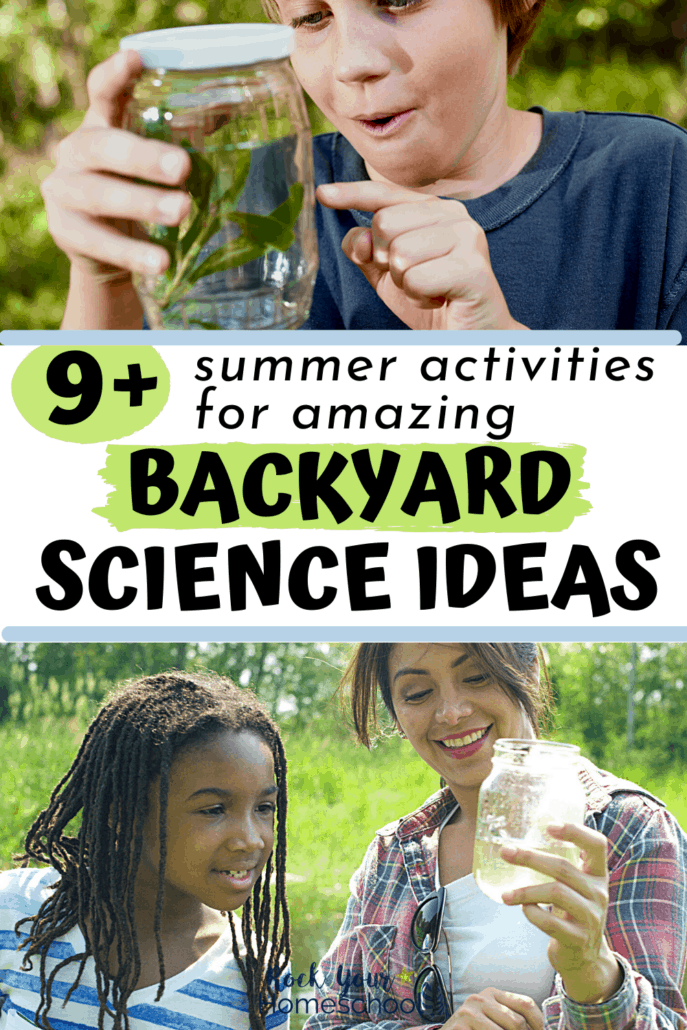9+ Amazing Backyard Science Ideas for Fun Summer Activities for Kids
This post may contain affiliate links. Please read my disclosure statement. Thanks for visiting!
Help your kids beat boredom with these awesome backyard science ideas!
Great ways to sneak in some learning fun while your kids enjoy summer activities.
Your kids will have a blast with these hands-on ways to explore science and have some super cool summer fun.

Backyard Science for Fun Summer Activities
Rock Your Homeschool is so happy to welcome Dr. Erica back! She's sharing her amazing ideas for backyard science fun to enjoy with your kids this summer.
Summer can be a hard time of year. Technically you're on break (or relaxing a bit, at least), but really, who's ever on a break from learning?
Of course, no one wants to be cracking open a science textbook for some light reading while picnicking at the beach. 😉
I'm here to tell you, there's a middle ground. Space where kids can enjoy their summer while also learning!

Summer Backyard Science at Home
Sticking around town this summer?
Brush off the summer doldrums and give your kids a break from saying "I'm bored" with the following ideas.
Although boredom is a really fantastic teacher of creativity, so use these ideas only when the "I'm bored" comments start to drive you nuts.
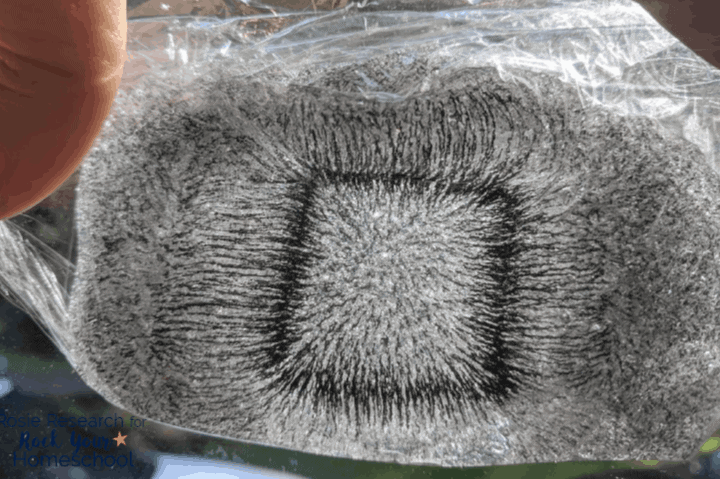
1. Make magnetic slime
Kids will LOVE making slime!
But, this recipe also allows you to see the invisible force of magnetism, which can lead to a ton of conversations about different magnetic strengths, different magnet shapes, and even broader ideas like how do birds use the magnetic field?
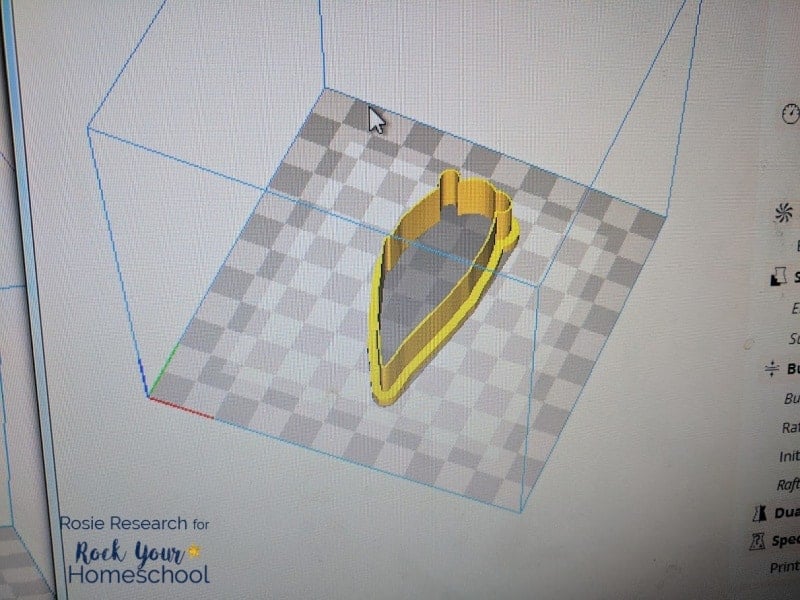
2. Make a DIY cookie cutter
Teach kids about spatial visualization and using computer programs like Tinkercad while they design a 3D cookie cutter.
You can then send this cutter off to be printed, discover a local Makerspace that has printers to use, or print it yourself if you have the equipment.
Want a no-tech cookie cutter activity? You can cut aluminum strips, fold over the cut edge for safety, and allow them to use tools like pliers, hammers, screwdrivers, and scissors to shape the aluminum into a cookie cutter.
Don't forget to make the cookies after!
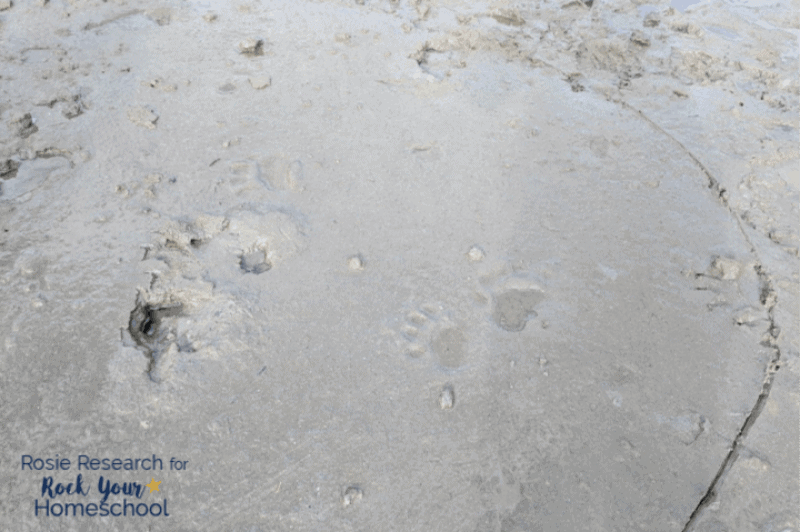
3. Go on a bear hunt
OK, maybe not a bear hunt, but you can take a walk in your local woods and look for animal tracks.
Be sure to hit up your local library first to borrow an animal tracks book (or get this amazing one!) to help you identify what you find.
Then, make up a story about what that animal was doing. Why were they there? To drink water? To hunt? To escape a predator?
You can even arrive ultra-prepared to take castings of prints you might find, then talk about the animal's foot shape. Why is it important? Why are some bird feet webbed while others are claw-like? Why do deer have hooves but cats have paws?
4. Make a drawing robot
Engage in an engineering challenge that also teaches basic circuits while creating art.
I find kids go crazy for anything circuit-related. These challenges are a ton of fun, if you give them the space to decorate!
5. Make dry ice ice cream
You can often find dry ice at the butcher station in your grocery store.
While this is perfect to keep things cold on long trips, it also is the secret ingredient in fizzy ice cream and the perfect way to cool down in the summer heat.
It's also a great way to sneak in topics like phase transitions (liquid, solid, gas, and sublimation), chemical reactions, and the science of our tastebuds.
6. Make cyanotype prints
This project uses the sun to alter the chemical compounds and ultimately change their colors.
While the cyanotype liquid is not small child-friendly, you can prepaint a shirt for youngsters which allows them to also engage in the experiment. I love this project for elementary aged students who often have just learned about light, reflections, translucency, shadows, etc. in their science books.
Kids can layer various items, from flowers to Lego bricks, to bunched up plastic wrap to see what type of art the sun will make with the chemical reactions.
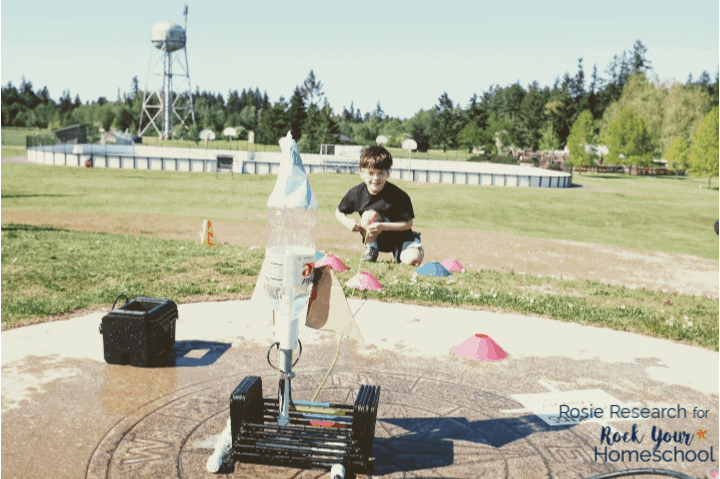
7. Build a water rocket
This activity is perfect for those especially hot days. It combines science and engineering while also creating a sprinkler.
If you're feeling like a supreme Maker you can make your own water rocket launcher, or you can buy it premade and jump straight to the launching.
Challenge kids to fly for the longest time (which is much easier to measure than highest - can you think of why?), or the farthest distance. Do fins help? Does it matter how full the water bottle is? I wonder...
9. Look for free STEM activities in your area
Companies like Microsoft, GlaxoKlineSmith, Verizon, and Make Magazine have free summer enrichment programs.
Bonus: your kids will get to learn from professionals while creating new friendships (unless you register super early and pack it with your homeschool crew).
Summer Science on the Road
Going on a road trip this summer? You can extend your backyard science fun to your summer travel adventures!
You can easily add some summer learning at any of the National Parks, especially through their Junior Ranger programs. These programs are free, fun, interactive, AND have a prized patch at the end. Paired with an ice cream overlooking some of America's most beautiful land, it becomes a learning adventure of a lifetime.
Bonus: You can add in all sorts of other learning at the National Parks. Discover the history of the Parks or of the local area, write poems or stories about what you do, or relax and draw the world around you.
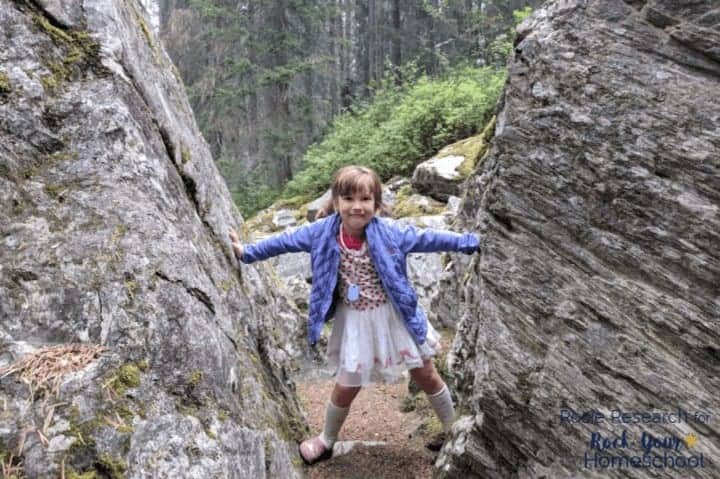
Every year, we take an entire month off of work and go on a mega 2-week camping trip. We plan these trips with fun and adventure in mind, which allows us to hit up really cool spots.
Places like Stonerose where you can literally dig your own fossils or the Henry Ford Museum that showcases American ingenuity. It probably takes a good few hours for us to plan our road trip with this side excursions, but it massively impacts our kids' learning!
And while I am fully aware that I am pitching a science-infused summer, don't forget to hit up the trampoline parks (where you can learn about physics and gravity through FUN), or outdoor obstacle courses.
How will you enjoy backyard science for fun summer activities for kids?
Let us know in the comments area below 🙂
